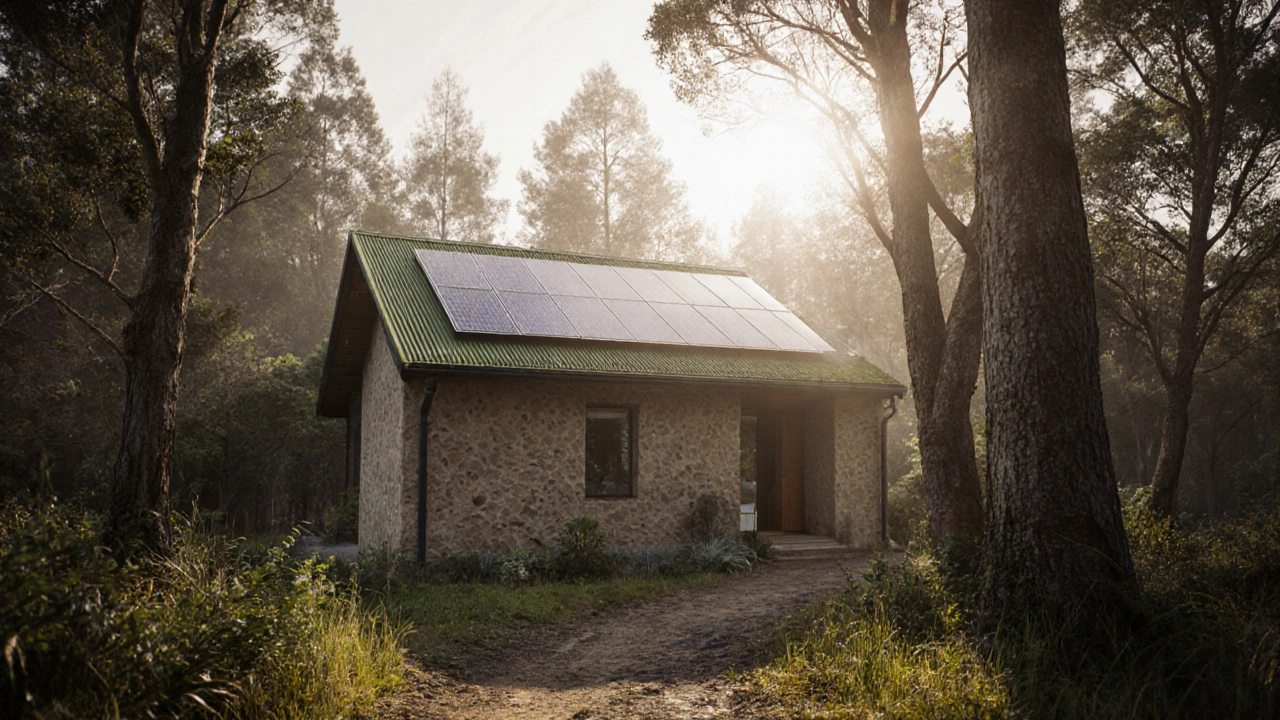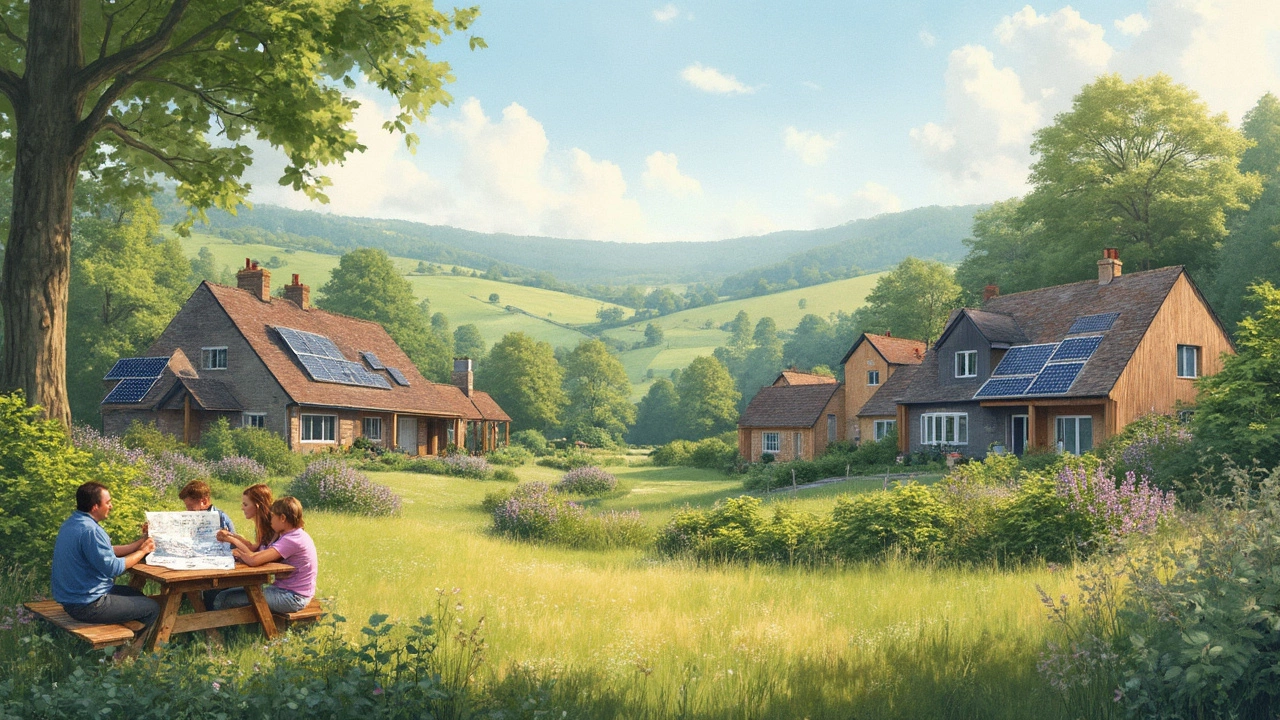Green Building Made Easy for Your Cozy Cottage
Thinking about making your cottage kinder to the planet? You don’t need a massive budget or a degree in architecture. Tiny changes add up, and the results feel good – lower bills, cooler summers, cozier winters, and a lighter carbon footprint.
Why Go Green?
A greener cottage isn’t just a trend; it’s a sensible way to protect the countryside you love. Cutting energy waste means smaller utility bills, and using sustainable materials helps keep the surrounding hills and fields healthy. Plus, many visitors today look for eco‑friendly stays, so a green upgrade can boost your cottage’s appeal and rental income.
Simple Steps to Greener Walls, Roofs, and Power
1. Upgrade Insulation. Start with the roof and loft – a thick roll of mineral wool or sheep’s wool is cheap and works well in older homes. Next, add cavity wall insulation if your cottage has brick walls; a professional can drill small holes and fill the cavity with foam or blown‑in wool. Don’t forget floor insulation under the boards; a simple layer of rigid foam can stop cold from creeping up.
2. Seal Gaps. Drafty windows and doors steal heat. Use weather‑stripping tape around frames and a silicone sealant for larger cracks. It takes a few minutes but makes a noticeable difference when the kettle boils faster.
3. Swap to Energy‑Efficient Lighting. Replace old bulbs with LED equivalents. They use a fraction of the power and last years longer. A smart LED strip in the hallway can give you dimming control without extra wiring.
4. Choose Low‑Flow Fixtures. Install aerated tap mixers and low‑flow showerheads. They cut water use by up to 30% while keeping pressure strong enough for a good wash.
5. Add Renewable Power. A small solar panel kit on the roof can power lights and a water pump. If the cottage sits in a breezy spot, a compact wind turbine might be an option too. Even a 1‑kilowatt system can offset a big chunk of your electricity use.
6. Use Sustainable Materials. When you need new flooring, consider reclaimed timber or cork – they’re warm underfoot and low impact to produce. For paint, pick low‑VOC (volatile organic compounds) options to keep indoor air fresh.
7. Install a Smart Thermostat. Modern thermostats learn your routine and adjust heating accordingly, so you never waste heat when the cottage is empty.
8. Harvest Rainwater. A simple gutter‑to‑tank system gives you water for garden irrigation, reducing the need for mains water.
All these upgrades can be done in stages. Start with the low‑cost items – sealing drafts and swapping bulbs – then move to bigger projects like insulation or solar panels. Keep receipts and documentation; they’ll help you claim any local grants or tax relief for green improvements.
Remember, the goal isn’t perfection but progress. Each tweak makes the cottage more comfortable, cheaper to run, and better for the environment. Your guests will notice the difference, and you’ll feel proud every time you turn the heating down without freezing.
Best Places to Build an Eco-Friendly House in 2025
Discover the top places around the world to build an eco-friendly house in 2025, where climate, energy access, and local incentives make sustainable living affordable and practical.
- Oct, 27 2025
- 0 Comments
Most Eco‑Friendly House Types to Build in 2025
Explore the most eco‑friendly house types, from Passive House to Earthship, with a comparison guide, practical tips, and FAQs for greener building in 2025.
- Oct, 25 2025
- 0 Comments
Disadvantages of Eco Homes: What You Need to Know
Eco homes offer a sustainable and environmentally friendly approach to living, but they come with certain drawbacks that can impact homeowners. From high upfront costs to maintenance challenges, these homes require careful consideration before commitment. Energy-efficient designs might seem appealing, yet they often demand specific skills and materials. Potential buyers need to weigh the green benefits against possible lifestyle adjustments and financial implications. Understanding these factors is crucial for a balanced decision about embracing eco-friendly living.
- Mar, 24 2025
- 0 Comments


